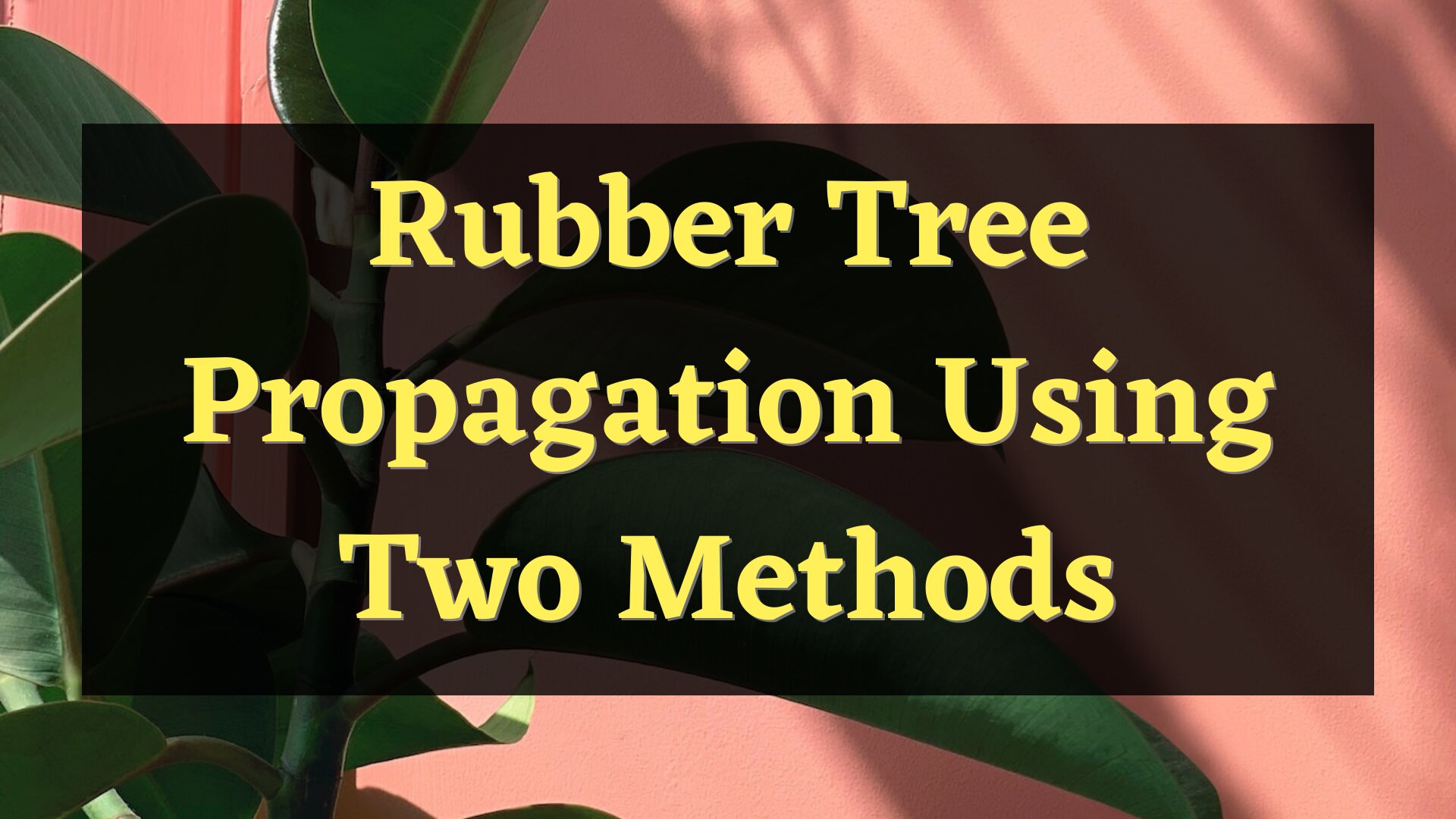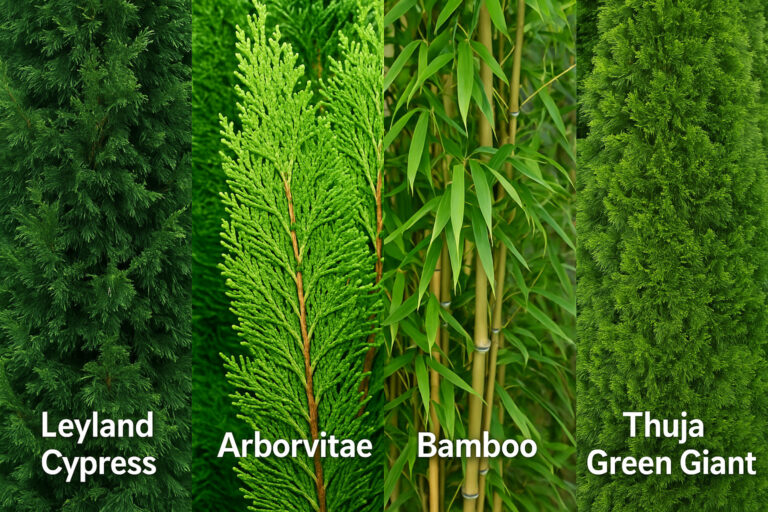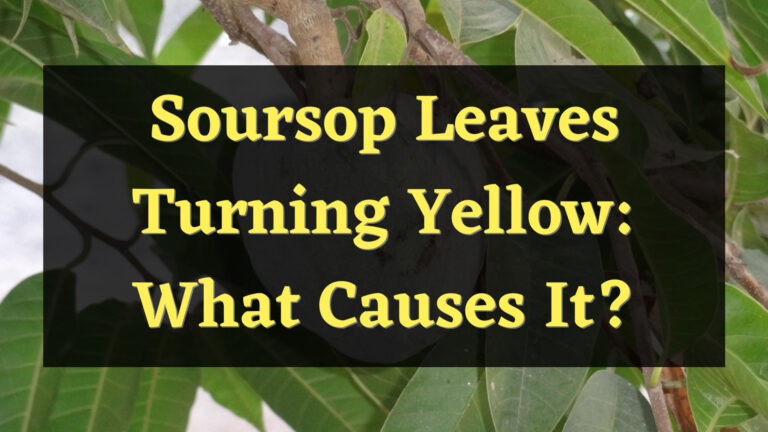Rubber tree propagation can be through their stem and leaf cuttings or through their seeds. They have a high success rate of propagation and are very simple to grow. In this blog, I will provide all the necessary steps that you have to know on how to propagate it. I will also explain each step in great detail so that you can easily get a grasp on how to propagate a rubber tree.
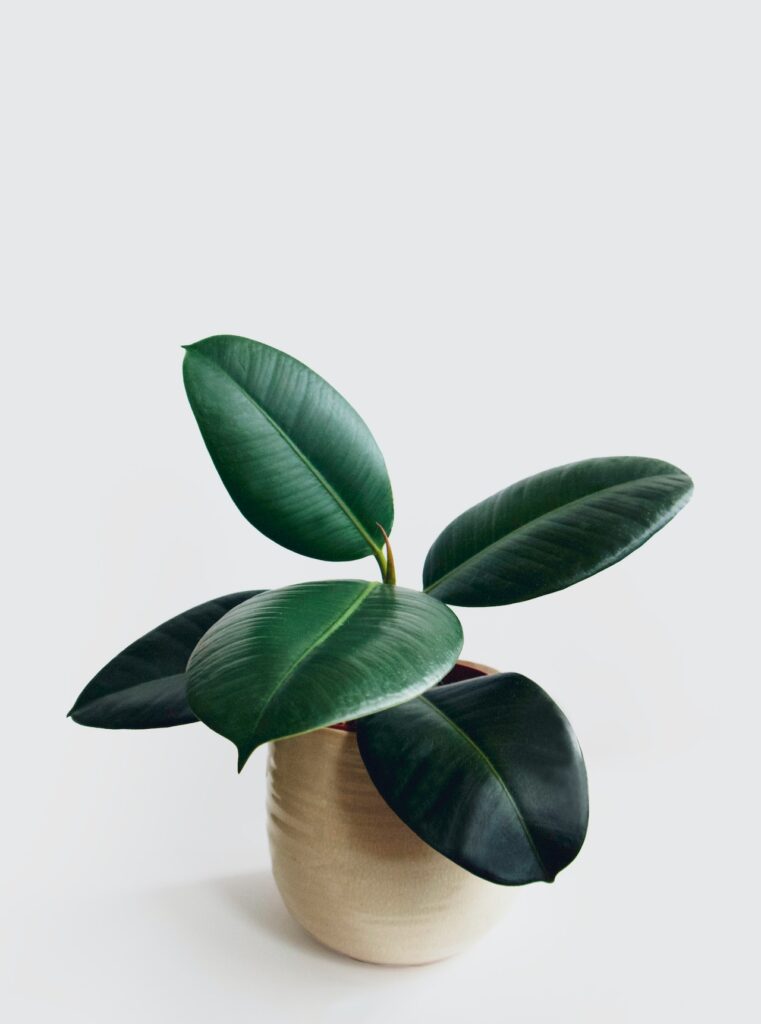
There are two different methods of propagating a Rubber tree. The first one is by using a cutting from its stem or leaves. And secondly, you can propagate a rubber tree by using the seeds from the fruit that a rubber tree produces. I will provide the steps of each method for you to follow.
Propagate a Rubber Tree from Cuttings
Preparing your workplace
The first step in the propagation of a Rubber tree from cuttings is to find a clean area. Preparing rubber tree cuttings tend to get messy as they excrete a sticky white sap when their stems are cut. It is encouraged to use protective gloves if you are trying to get a cut from an adult rubber tree as its sap can also cause skin irritation.
Additionally, you have to prepare all of the necessary tools and supplies before you start growing a rubber tree so that things will be smooth while advancing to the next steps.
Obtaining the cutting
You must strategically identify the place where you will get your rubber tree cutting. Find the exact place where your adult rubber tree will benefit from some pruning. Choose the areas that are uneven or the area where you’d like to see much better growth. Choose a healthy stem to cut.
Before taking a cutting, identify the leaf nodes from the stem as this is where the new roots of your rubber tree will eventually grow. The ideal rubber tree cutting should be about 6 inches long and at least have four leaf nodes in them for a much higher success rate.
Preparing the pot
Fill your pot with a potting mix and moisten the surface thoroughly. You can also choose to apply a rooting hormone at the base of where you cut the stem. Poke a hole in the middle of the soil and push your cutting in. You can also put support for the cutting or just pat the soil around the cutting firmly to secure your cutting in place.
Place a plastic bag over each cutting to mimic a greenhouse environment. It is due to the fact that rubber tree cuttings require a humid environment to be able to grow their roots.
Choosing a location
Place your cutting in a warm location that receives dotted sunlight the entire day. The leaves of your cutting will burn if you expose them to direct sunlight, so it is crucial to find a suitable location where your plant can enjoy sunlight without them being directly exposed to it.
After four to five weeks, your cutting should have finished establishing a strong root system. You can test this by tugging your cutting gently and if it shows even a little resistance then the roots have already begun to form.
Watering
While growing, you should water your rubber tree at least once or twice a week. But if you have a colder climate, you can choose to water your young rubber tree a couple of times within a month.
You can regularly check the soil around your young tree to see if it is moist. If you feel like the soil is dry, do not hesitate to water your rubber tree. Choose lukewarm water when you water your rubber tree because cold water can be shocking for the plant.
Monitoring
While your young tree keeps on growing, there are not many things that you have to do except constantly monitor your plant. This will allow you to spot any problems that might arise before they get worse. It is important to check the leaves’ condition, and the stems, and even control the soil’s moisture.
You can also choose to apply compost, manure, and fertilizer to enhance your young tree’s growth. This will greatly boost the speed of your plant’s growth.
Propagate a Rubber Tree from Seeds
Obtaining a seed
A rubber tree will start producing fruits when it matures at four years of age. These fruits contain three to four seeds each. When the fruit of a rubber tree ripens, they just fall into the ground and split apart. You can obtain a rubber seed from your adult tree when they start producing fruits.
Try visiting your nearby local stores if you do not already have an adult tree. Finding a rubber tree seed is not that difficult.
Germination
Place your seed in a container and wrap it in a paper towel or a piece of thin cloth and sprinkle water several times a day to keep the seed wet. You can also choose to just soak the seed directly in water overnight.
A root will eventually sprout in about a week or so. This may also indicate that you can already move your rubber tree into a small pot right away. When attempting to relocate the seedling, proceed with extreme caution as they can be very fragile.
Transplanting
Given a few weeks after being moved into a tiny container, your seedling will eventually turn into a young tree. You can keep transplanting your young tree to a larger pot each time it outgrows the current pot they are in. This is very important so that the roots of your tree will be able to spread out freely beneath the soil, as their growth will be constrained in a tiny pot.
Watering and Fertilizing
If the soil that your plant is in is well draining enough, you won’t need to worry about overwatering your plant. Make sure that you water the plants deeply enough so that the water can reach the plant roots. Add enough water to make sure it seeps out into the base of your pot. In summer, you can water your plant once or twice a week. However, during winter it is necessary to lower the watering to a couple of times each month.
When your plant is still in its growing season, make sure to apply fertilizer once every 2 weeks. You can use your houseplant fertilizers if you have any. This will rapidly enhance the plant’s growth.
Monitoring
There are not that many tasks that you need to do besides watching your plant regularly as it grows. Doing so will allow you to be able to spot potential problems before they even have a chance to get worse. Monitoring your plant as they grow is very crucial for their health as young trees are very prone to diseases.
You also need to constantly monitor the moisture level of your soil. Make sure to always keep the soil around your tree moist. When the soil around your plant seems dry, do not hesitate to water it.
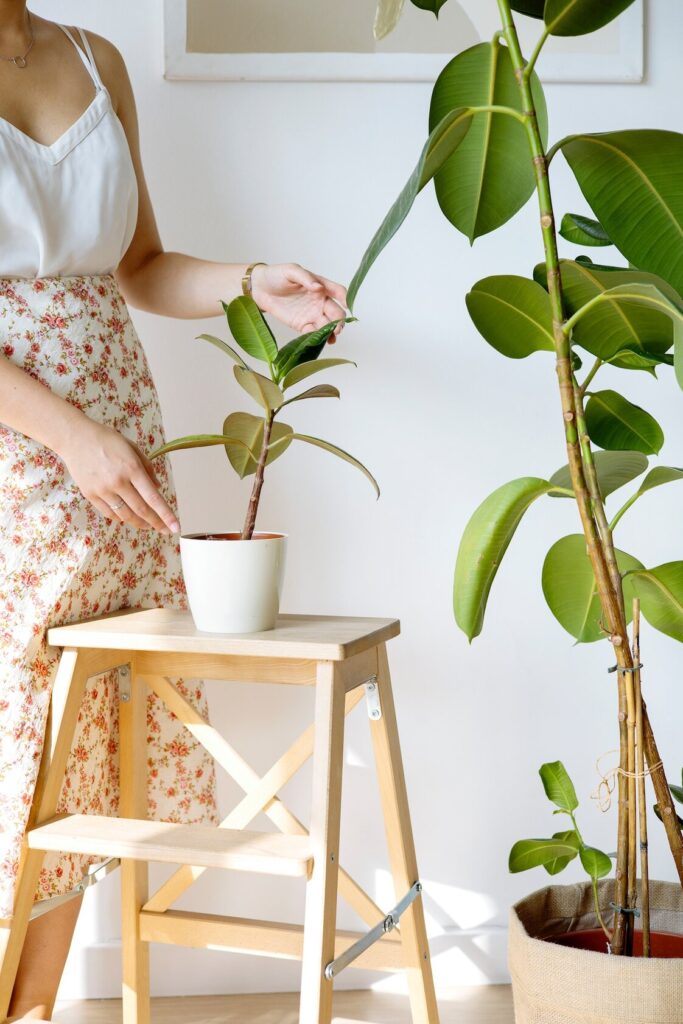
FAQs
Can you grow rubber trees from cutting?
One of the main methods of Rubber tree propagation is from its stem or leaf cuttings. When using this method, it is easy to grow houseplants and is very easy to propagate. Rubber trees have a high success rate of propagation.
Can you propagate a rubber tree in water?
Although it is not that reliable, the method of Rubber tree propagation in water as you can in soil. The downside of this method is that the roots of the rubber trees are more susceptible to rot in water. If you want to propagate your rubber tree in water, you should change the water weekly and the roots should have a dependable root system after five to six months.
How long do rubber cuttings take to root?
A rubber tree cutting should begin establishing a strong root system after five to six months if you propagate it in water. In hindsight, if you directly planted it in the soil, the cutting should be able to grow roots after four to five weeks. This method is much faster than propagating your rubber tree cuttings in water. If you directly planted your cuttings in the soil, you can just give it a gentle tug and if you feel resistance then the roots have already begun to develop.
Conclusion
Rubber tree propagation is very easy. Growing a Rubber tree does not take a lot of time after planting. They can almost independently survive on their own when they reach a certain point aside from getting water on their own. It also does not take long to grow one. When planting a cutting, it does not take that much time for it to grow a root system.
Meet Tomas Clayton, a seasoned plant gardener who has been passionate about horticulture since he was a child. Tomas John developed a love for the natural world and a strong appreciation for the beauty of plants while growing up on a farm.

